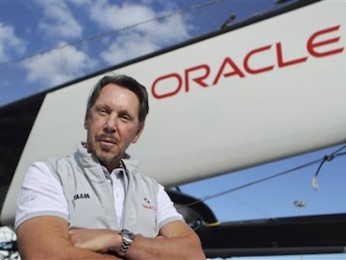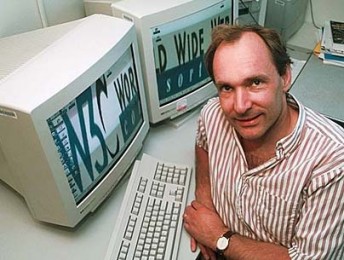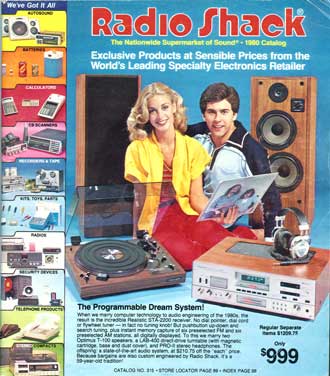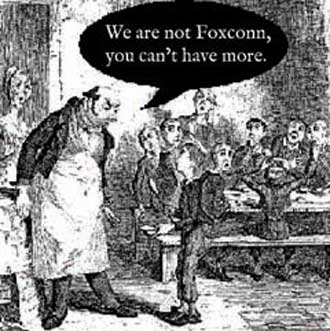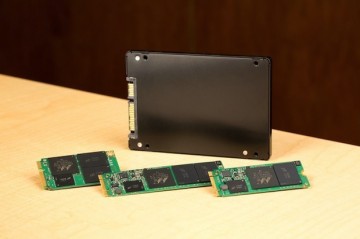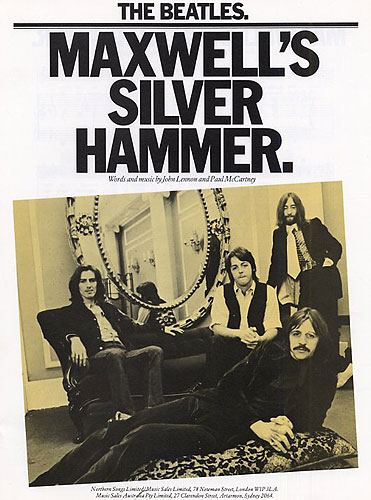 Mystery surrounds the launch of a new AMD product this week, with pundits suggesting that it might be a new GPU.
Mystery surrounds the launch of a new AMD product this week, with pundits suggesting that it might be a new GPU.
AMD released a GPU related teaser comes a day after NVIDIA showed off its new Maxwell graphics card which include the GeForce GTX 980 and GeForce GTX 970. The launch was important because it is supposed to be a new era of powerful and highly efficient graphics cards. AMD might have an answer to that.
It released a tweet connected to its matrix pills campaign to market the new GPUs — one is blue and one is red. A similar marketing campaign was used during the launch of the HD 7770 GHz graphics card.
The Verdetrol pills were used as a teaser for the launch of the first GHz edition graphic card from AMD but they did another teaser with the Radeon R9 295X2 where they used two packs of chips and a water bottle to indicate their water-cooled dual GPU solution.
Since the marketing is similar there’s a blue pill which might indicate a water cooling solution such as the one that was leaked a while ago and the red pill may indicate the Radeon chip which will be used to power the graphics card based on the GCN architecture.
Smart money is that it is the launch of the new Radeon R9 285X sometime in late September.
AMD is not just messing around with the pills either. AMD has a teaser for a FirePro product where they ask “Can you name our first product that processed graphics independently of the CPU”.
This could be related to either a Radeon or a FirePro product. It will be a year since AMD has introduced most of their lineup next month and will probably be the best time for AMD to offer new replacements.
Nevertheless, AMD has to do something to tackle Nvidia’s Maxwell and if has new high-end chips ready then it will need to play them fast.
